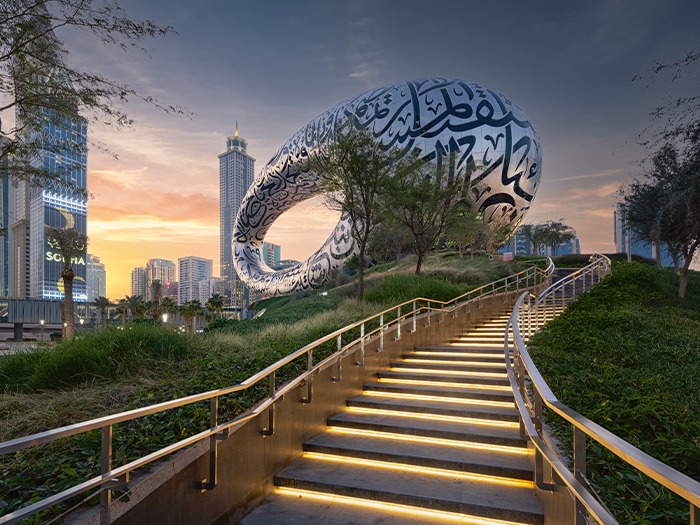Crafting Masterpieces: Exploring the State of the Art in Fine Arts

Fine arts have long been a reflection of human creativity and expression, and the state of the art in fine arts is a testament to the continual evolution of artistic endeavors. In 2022, the world of fine arts is marked by a diverse array of styles, mediums, and movements that showcase the rich tapestry of human imagination.
Contemporary art is characterized by its diversity and inclusivity, embracing a wide range of styles and mediums. From traditional painting and sculpture to digital art and multimedia installations, contemporary artists push boundaries and challenge conventions. The intersection of technology and fine arts has given rise to new possibilities, with artists using digital tools and virtual spaces to create immersive and interactive experiences.
Street art and muralism have gained mainstream recognition, transforming urban landscapes into vibrant galleries. Artists like Banksy have transcended traditional art spaces, using public spaces as their canvas to convey powerful messages and spark social commentary. This democratization of art allows for a broader audience to engage with and appreciate creative expressions outside the confines of traditional galleries.
Artificial intelligence is not limited to the realm of technology; it has also found its way into the world of fine arts. AI-generated art, created by algorithms and machine learning, challenges our perceptions of creativity and authorship. Artists collaborate with machines to produce works that blur the lines between human and machine-generated art.
Environmental and socially conscious art movements are on the rise. Artists are using their platforms to address pressing global issues, such as climate change, social justice, and inequality. Installations and performances serve as powerful vehicles for raising awareness and prompting conversations about these critical issues.
Art curation and appreciation have evolved with the digital age. Virtual galleries and online platforms make art accessible to a global audience, breaking down geographical barriers and allowing artists to reach enthusiasts from diverse backgrounds. The democratization of art spaces contributes to a more inclusive and interconnected artistic community.
In conclusion, the state of the art in fine arts is a dynamic and ever-expanding landscape. Artists continue to push boundaries, embracing new technologies, engaging with social and environmental issues, and redefining the ways in which we experience and appreciate art. As we navigate the 21st century, the world of fine arts remains a vibrant and evolving reflection of the human spirit.

:max_bytes(150000):strip_icc()/White-Painted-House-Exterior-483598945-56a4a0a45f9b58b7d0d7e44d.jpg)











